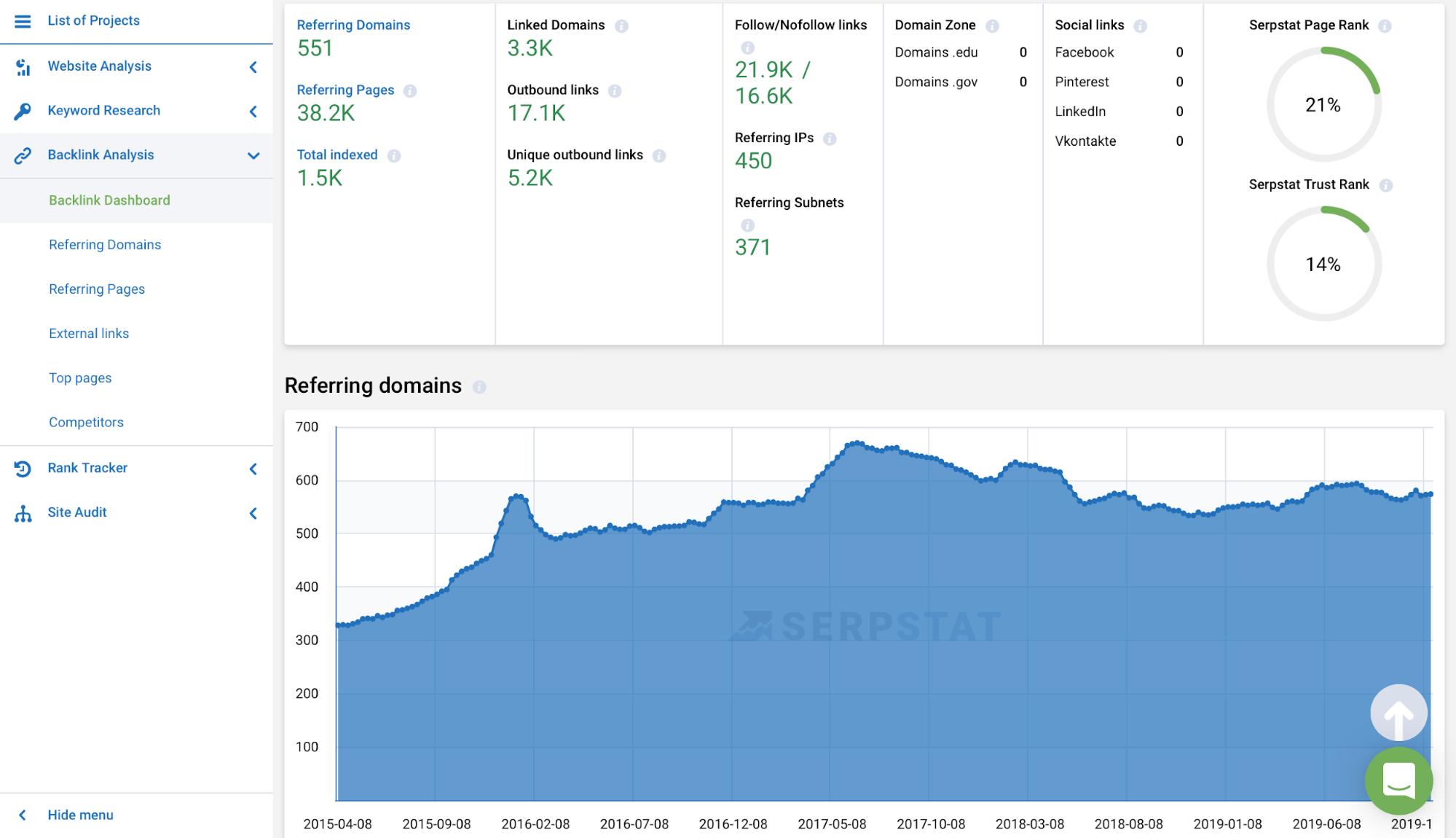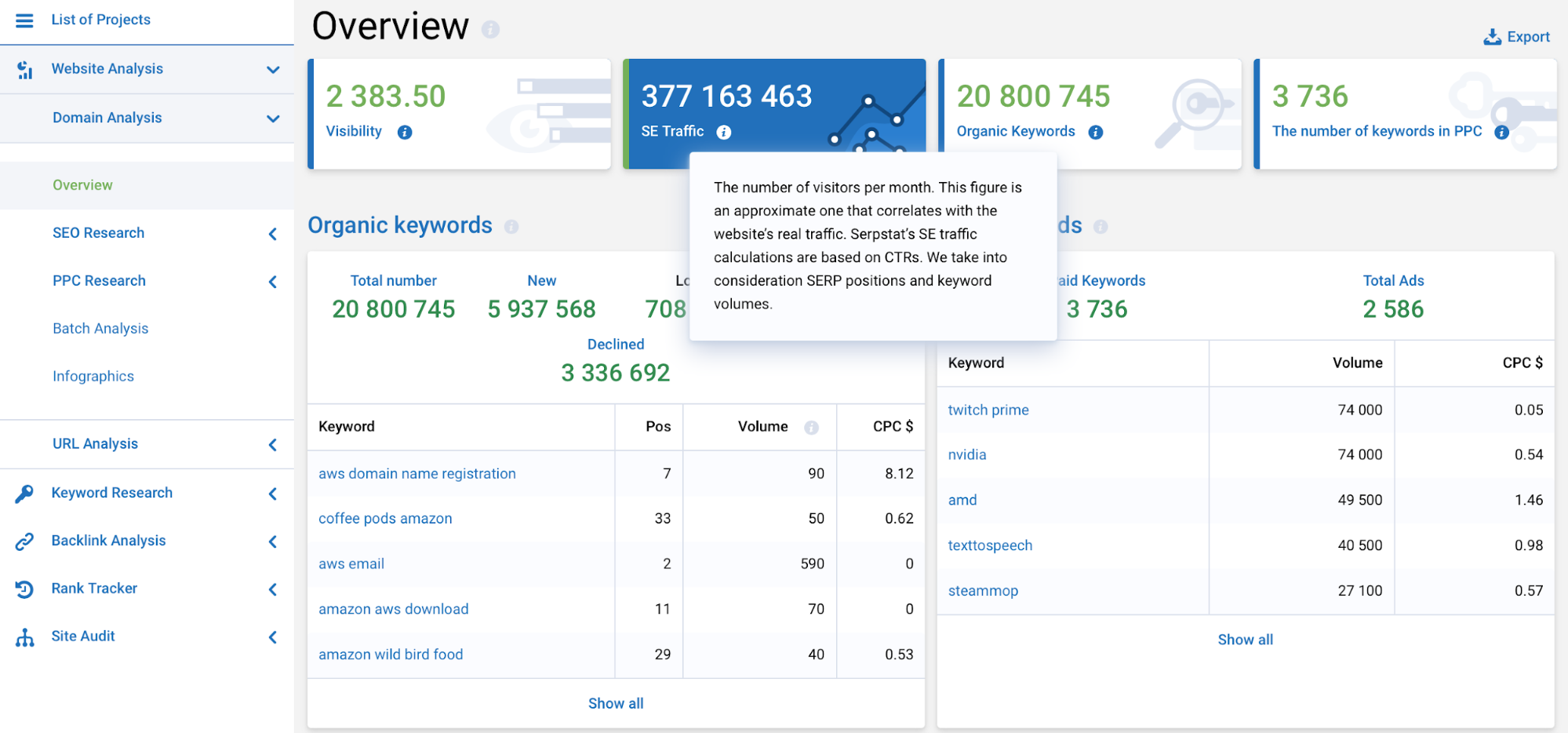You’re probably aware that backlinks are the bedrock of good SEO. Assuming your content marketing is halfway decent, the more quality backlinks you get, the higher your page will rank on Google. That means more traffic, and ultimately more money.
But you might still be in the dark about what makes a backlink good or bad.
Today we’ll cover just that. We’ll discuss how to identify which sites to guest post on, including how to use different metrics to determine their quality. We’ll also look at how you can identify websites which you’re better off avoiding.
Recommended: Warning! Toxic Backlinks are ruining your SEO. How to remove them easily.
Let’s get right to it.
Niche Relevancy
Your first step is to narrow down potential guest post sites to ones which are actually relevant to your niche. Once upon a time, any backlink from a high authority site would help your SEO. What the website was about didn’t matter.
Unfortunately, the search algorithms are always changing. These days, Google also care about how relevant a backlinking site is to your own. They even admit this themselves.
So the question is how do you find relevant domains?
It’s best to understand what Google mean by relevant. In practice, they take three factors into account.
- Website Relevancy is whether or not the site covers the same niche as yours.
- Page Relevancy is whether or not the backlink is relevant to the topic of an article.
- Anchor Text Relevancy is whether or not the anchor text suits the content of the link.
Backlinks are best if you achieve all of these on a high authority site. A tool like Smallseotools will help you get a list of backlinks to any domain.
Now you know what niche relevancy is all about. The next step is measuring the relevance of potential sites. Luckily, there are several tools to help you do this.
Finding Relevant Domains to Guest Post on
If you want to find a long list of domains to target for email prospecting and guest posting, your best bet is checking out the backlink profile of your competitors. More best results, you should choose one of the top sites in your niche.
One useful tool to do this is Longtail Pro. Though you will find plenty of alternatives like Serpstat, Ahrefs, Majestic, Moz, and more.

Recommended: 9 Guest Posting Services to build SEO backlinks in 2019
All of these tools allow you to check out the backlink profiles of your competitors. It will even give you a list of domains which link to their content. Once you have this list, you can easily review the relevance of each one.
Firstly, this involves checking the homepage to figure out the site’s focus. Then you should take a look at their content marketing efforts. Specifically, you want to look at what kind of sites they link to. If they link to a bunch of irrelevant sites, steer clear.
Use your common sense. If it looks relevant, you should be good to go.
The next step is to determine the backlink quality using a few basic SEO metrics.
Page Authority, Domain Rating & Domain Authority
The most common way to measure the quality of a site is what’s known as Domain Authority, or DA using Moz metrics or Domain Rating, which is an Ahrefs metric . Basically, this is a number from 0-100 which indicates how well a site performs on the results of search engines.
Naturally, a brand new site’s DA will be 0. An established site with several million monthly viewers will have a DA in the 90s. DR works in the same manner. Again, this runs from 0-100. The higher the score, the better.
There is another metric called Page Authority, or PA. This is a percentage as well, but the difference is that it measures the authority of individual pages, not the whole website. You should review this if you are looking for a link insert.

For your content marketing campaign, your goal is for high authority sites to rub their credibility off on you. Ideally, you should be targeting sites with DA, DR or PA of 30 and above. The higher, the better.
Recommended: Backlinks can ruin your seo! Here is how!
Identifying Website Traffic
DA, DR and PA are a good way to quickly review whether or not a domain is worth guest posting on. However, they’re not the be all and end all of domain quality. Another very important metric is website traffic.
This makes sense. The more people visit a site, the more people are likely to click on your backlink. As such, when selecting sites to guest post on, you should aim for as much traffic as possible.
No you may be thinking surely a site with a high DA already gets a lot of traffic. Most of the time, you’d be right. There are exceptions though. It’s best to check website traffic before approaching a site, in case it’s one of these.
One problem is that it’s hard to get the exact traffic figures for other people’s websites. Instead, you have to rely on estimates.

Once again, this can be viewed for free in Serpstat. While it’s worth keeping in mind that this is only an estimate, it’s still the best figure your likely to get. And you don’t need exact figures down to individual visitors anyway.
Trust Flow & Trust Rank
One more SEO metric you should keep an eye on is Trust. There are two main ways to measure Trust – Trust Flow, and Serpstat’s Trust Rank. Both of these rank sites on a scale of 0-100. The maths in the background is just a little different.
A domain with a low trust score could still have a high DA and lots of traffic. However, the quality of backlinks would be low all the same. A higher Trust score means a higher quality of backlink.

At a minimum, you should be aiming for a Trust Rank of 15 or above. Again, the higher the better, so try and use the most trustworthy sites for your guest posting and content marketing campaigns.
Recommended: Attributes of High-quality Backlinks: What Makes Backlink a Quality one?
Follow & Nofollow Links
Follow and Nofollow links use a piece of HTML called a rel tag to separate useful links from spam. We’ll look at what you need to know about this for SEO purposes, but Google also provide more in depth guidance.
A Nofollow tag can be used by webmasters to distance their site from your content. That way, they’ll still link to your site, but this won’t help you to improve your rankings on the search results page.
The link would look like this:
[code]<a href=“website.com” rel=“nofollow”>anchor text</a>[/code]
A Follow link is the default. They have no rel tag, and the backlink will help your content to rank. It will look like this:
[code]<a href=“website.com”>anchor text</a>[/code]
These are the links you want.
The problem is that Follow and Unfollow links aren’t used consistently across the web. Some very high authority sites use Unfollow tags for all external links. Other sites use them with no obvious pattern at all.
The good news is that Google recognise this. Since there’s so little consistency with rel tags, the algorithms don’t pay much attention to them in reality. There’s even an argument that Nofollow tags can help your SEO.
If you are worried about rel tags, checking what way a site uses them is pretty straightforward. You can just highlight a link and hit inspect element to check the source code for yourself.

Recommended: Should You Buy Backlinks In 2019? (A must-read if you really care)
How to Avoid Google Link Penalties
Now you know how to pick the right backlinks for your content marketing. It’s also worth mentioning that there’s a wrong way to do this too. That is there are shortcuts to building a strong backlink profile, including flat out paying for backlinks.
These should be avoided. For one thing they’re not really ethical. For another, they’ll hurt your SEO in the long run.
Google is pretty on the ball when it comes to penalizing dodgy backlinks. They do this with a mixture of automatic and manual penalties for sites they think are trying to cheat.
Here are the most common ways to incur a penalty from Google.
- Excessive Reciprocal Linking: This is when you frequently exchange links with the same site or sites.
- Manual Link Spam Penalty: This happens when Google employees suspect you’re buying backlinks.
- Algorithm Link Spam Penalty: This is when the Google bots think you’re buying backlinks.
- Low-Quality Link Penalty: This happens when you spam notice boards or forums for easy backlinks.
- Unnatural Outbound Link Penalty: If Google thinks you’re selling links they’ll apply this penalty. They get suspicious if you frequently link to irrelevant content.
- Private Blog Network: This can occur when your site is part of a Private Blog Network, or a PBN is frequently linking to your site.
Your SEO will also suffer if a penalized site links to your content. Luckily, you can avoid this by only guest posting on sites with a high Trust score. As before, aim for at least 15.
If you do get a backlink from a penalized site, you can still avoid negative SEO effects. Using Google Search Console, you can use the disavow function to distance yourself from these links.
How to Pick the Right Backlinks
We’ve covered a lot of ground today, so let’s recap. To get the most value from this article, you should use the following points to ensure you’re picking the right backlinks for your content marketing.
- Only seek backlinks from sites which are relevant to your niche,
- Always get backlinks from domains with a DA of 30 or above,
- Ensure that trustworthy sites with a Trust score of 15+ link to your site,
- Aim for backlinks from domains with a minimum of 5,000 monthly visitors.
If you can follow these four simple rules, your backlinking strategy will yield great results for your SEO and boost your content marketing campaign.
Comments are closed.